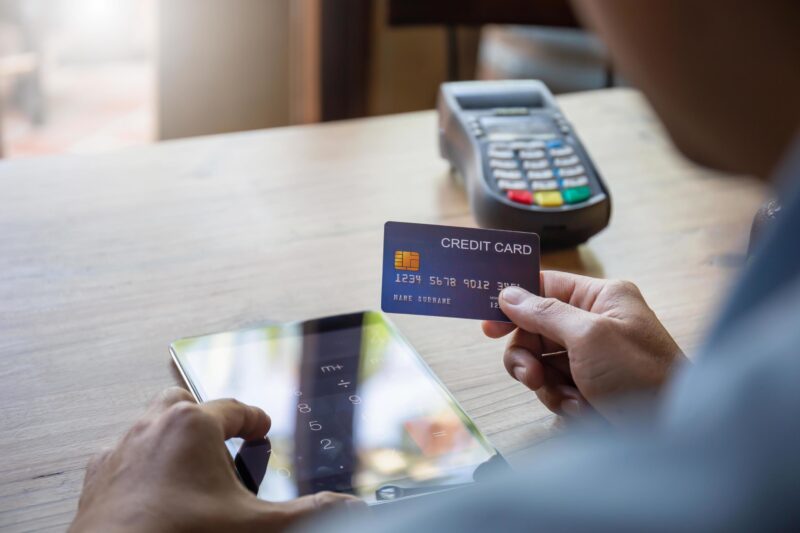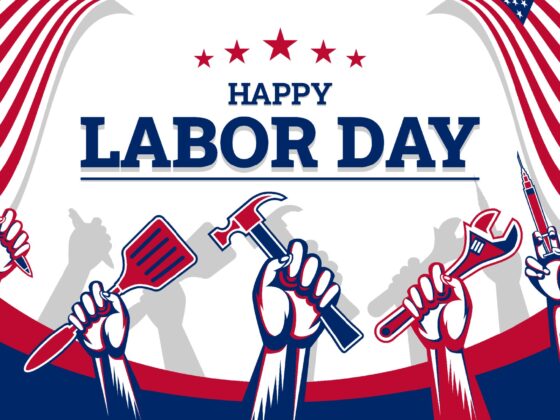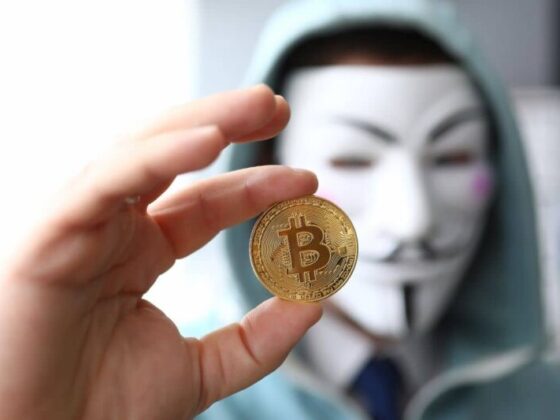Credit is the most widely used financial tool known to mankind. Its use has spread to nearly every country on earth with the exception of North Korea, Cuba, Somalia, Zimbabwe, Syria, Iran, Libya, the Central African Republic, the Canary Islands, and Greenland. It has also been present in most major societies with the exception of the Yap Islands, the British Isles, the British North American colonies, the Isle of Man, the Channel Islands, the Vatican City State, the Falkland Islands, the Pitcairn Islands, San Marino, Saint Helena, the Pitcairn Islands, the Vatican City State, the Isle of Man, the British Isles, the British North American colonies, the Isle of Man, the Channel Islands, the Falkland
While several financial institutions provide services to their customers that allow them to make purchases on the customers behalf, the majority of these institutions maintain a ledger, called a credit line, in which a customer’s outstanding balance is represented by a credit balance.
Counter Credit is a new concept in finance, where a merchant will allow a customer to use a credit card to pay for a product or service in exchange for a percentage of the purchase later. What happens in a typical transaction? The merchant charges a customer a set amount and a percentage of the purchase is deducted from the sale. This is considered a “net” charge, meaning that the merchant received less money from the sale than is due to them, and the remaining proceeds are then deposited into the credit card holder’s account. In a Counter Credit transaction, the net charge is calculated in a different way: the merchant charges a customer a set amount and a percentage of the purchase is “refunded” to the customer later.
Definition and Explanation of the Term “Counter-Credit”
When checking your bank statements, have you ever come across the phrase “Counter Credit”? And did that give you the creeps for a second? It’s happened to all of us!
Almost everyone has a bank account these days. It’s debatable if you comprehend all of the jargon involved with owning one.
Unless your savings account is in the Bank of Under Your Mattress, you’ve probably come across the phrase “counter credit,” which is one of those terms that may be perplexing to some.
It’s possible that some of the links in this article are affiliate links. This means that if you make a purchase (at no additional cost to you!) after clicking on an eligible link, we may get a commission. For additional information, please read our complete disclosure.
For us thrifty folks, reviewing a bank statement is already one of the most emotionally draining tasks. After all, we take pleasure in our thrifty spending habits, commitment to saving, and hard work on the side. We simply want to go through our records and make sure everything is in order with our money.
Financial management’s colonoscopy report is bank statements!
Mr. Bank, no one wants to conduct a review and come across a new or ambiguous word! Could we just keep things simple? What what is counter credit, and why are you tampering with my funds?!
Let me tell you that counter credit is nothing to be concerned about now that I’ve probably spoiled your next statement review.
Counter credit is just a cash deposit made over the counter into your bank account.
How is that for a letdown? Thank god everything is OK! No one was attempting to steal your money, and there are no back-dated transactions or misspending on your account. Quite the contrary, in fact!
In banking, what is a counter credit?
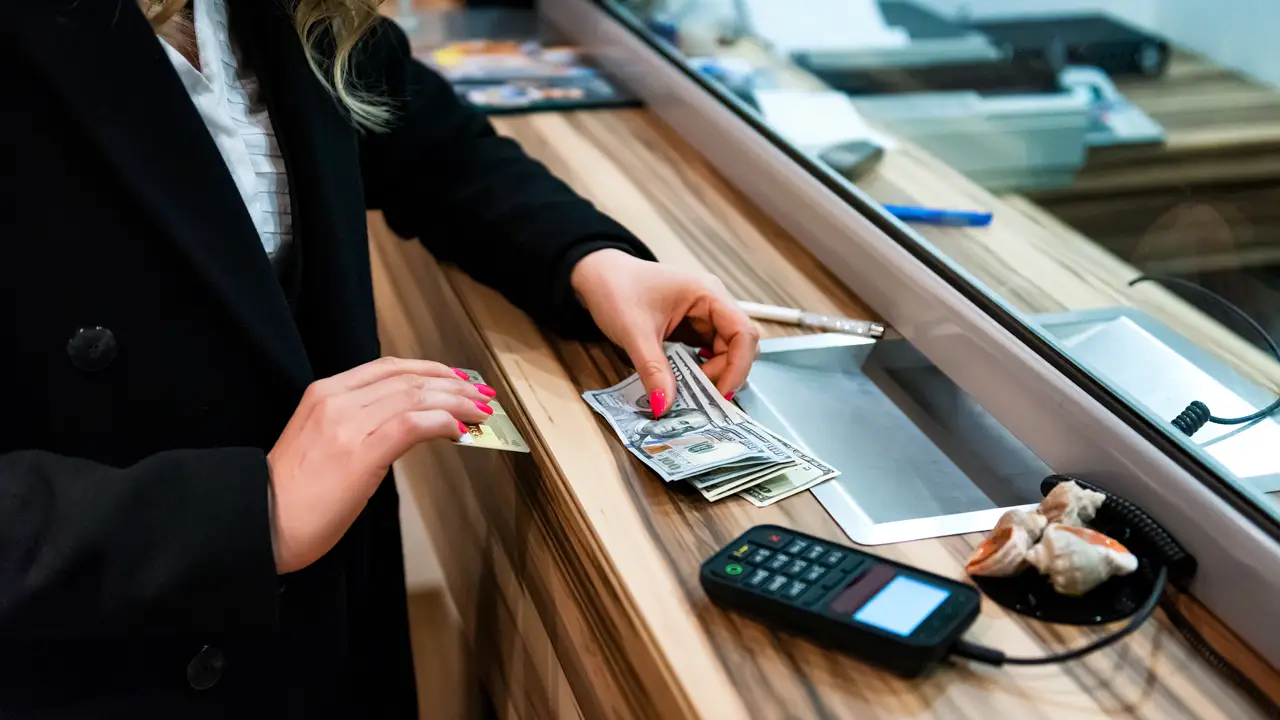
There are a variety of methods to deposit money into your bank account, including a variety of electronic alternatives, cash or check deposits via an ATM, and counter credit.
Counter credit refers to the time-honored practice of queuing up at a real bank branch, handing over your money and account information to a teller, and having them deposit it into your account. This is your chance to shine if you like face-to-face, personal connections.
The phrase “counter credit” may come as a surprise to you since it comes from a bygone era. Electronic bank statements are a contemporary convenience that those of us who have adopted technology may take advantage of. When it comes into contact with a manual transaction for the first time, it sets off alarms in your brain.
Counter credit is usually used by older people and those who just want to manage their money in a conventional manner. Electronic and online banking aren’t for everyone.
What is the process of creating a Counter Credit?
The first step in obtaining a counter credit is to mentally prepare oneself to leave the home and face the world’s challenges. You’ll have to interact with other individuals. If you need another cup of coffee, go ahead.
You’ve decided to throw convenience to the wind and seize the bull by the horns as you make your way to the nearest bank branch. Once you’ve arrived to the bank, get a deposit slip, fill it out, and wait in line to speak with a teller.
You may be able to just queue and have the teller fill out the deposit form for you when you arrive. You just give the cash and deposit slip to the teller. They’d then deposit it for you and provide you with a receipt.
If you can’t recall your account number, you may be asked to answer some security questions and provide some kind of identity.
What is a counter deposit, exactly?
A counter credit transaction is also known as a counter deposit. It is an over-the-counter way of putting money into a bank account.
To complete the transaction, you must be physically present in a brick and mortar bank branch and engage with a bank agent.
What’s the difference between a credit card and a line of credit?
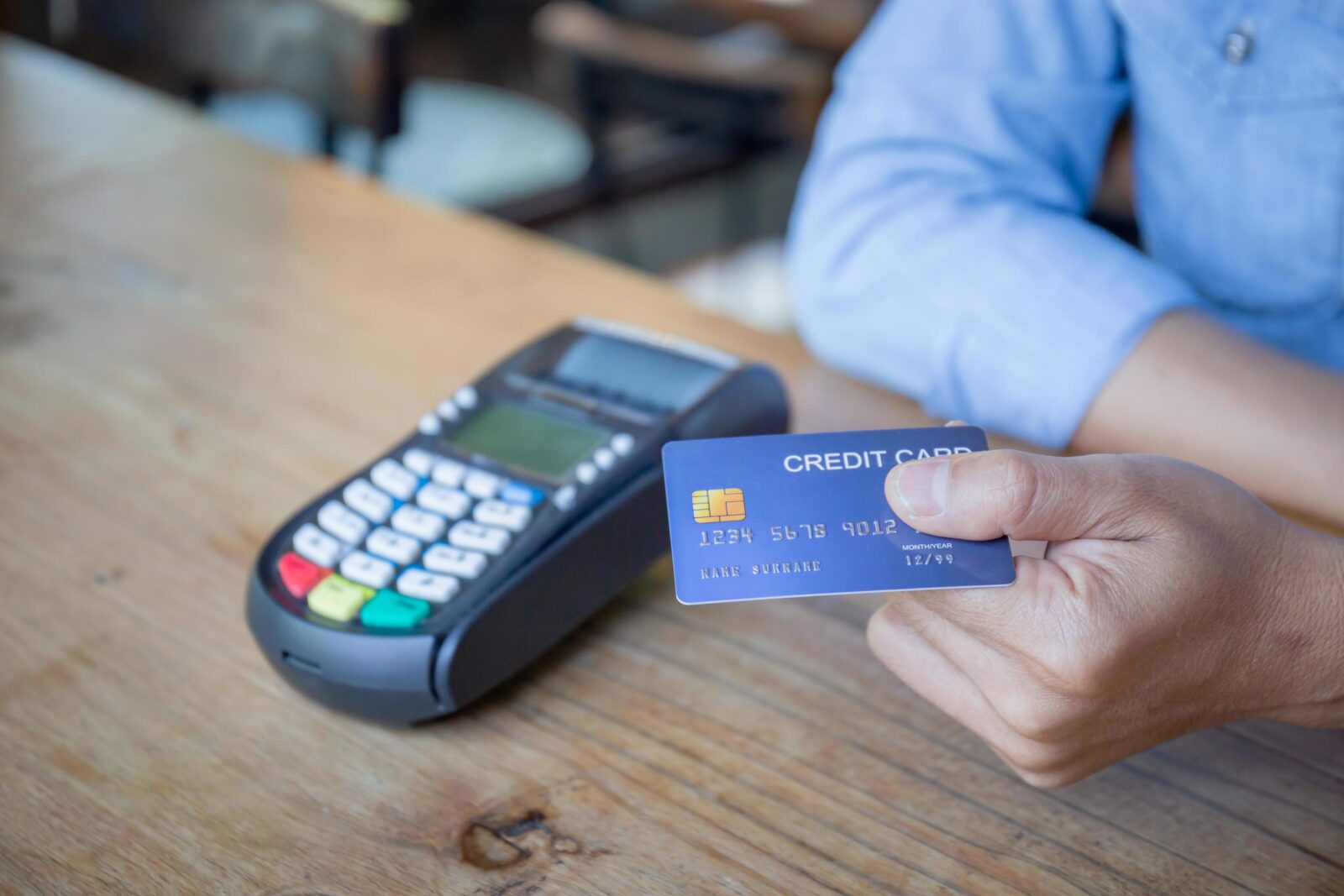
Credit is money that is put into your bank account. Credit is defined as a transaction in which you or another party sends money to your account. It makes no difference whether you pay with cash, cheque, ATM, online, or via an app.
Regardless of the manner of deposit, any money into your bank account is credit!
Counter credit is a phrase used to describe a technique of putting money into a bank account or an amount of money placed over the counter.
What is the difference between a counter credit and a deposit?
Counter credit is a kind of deposit that requires you to physically travel to a bank branch and make an over-the-counter deposit. A counter deposit is another name for it.
When it comes to banking, the word deposit is an umbrella phrase that encompasses counter credit, ATM deposits, electronic deposits, bank transfers, mobile app check deposits, and so on.
Is it possible to apply a counter credit to someone else’s account?
Yes, you may make a counter credit into someone else’s bank account. Someone may even go to a teller and deposit money into your account through counter credit by just giving your name and some secondary confirmation information (such as your date of birth or address).
I’m not complaining in the least, and I’m sure you wouldn’t either if you were given money like this. In fact, I first heard the phrase “counter credit” when my father chose to give me $5,000 after I finished from college.
When I noticed it on my bank account, I had just begun working and was attempting to create a life for myself. I was very perplexed since I had just recently begun earning a good wage and had no clue how much money I had in my account at the halfway point of the month.
My scammy instincts began to tingle as soon as I saw it. I thought I had been robbed. Thankfully, my father phoned just as I was about to contact my bank, which would have been embarrassing. God bless his baby-boomer soul!

Is it possible to utilize a counter credit?
The ability to utilize a counter credit is a frequent source of misunderstanding among those unfamiliar with the phrase. Let’s respond to it in a manner that addresses both possible interpretations of the issue. The term counter credit and the verb counter credit are both used interchangeably.
Is it possible to deposit money using a counter credit? As in, can you still deposit cash via the over-the-counter deposit technique today? The verb is yes, and the response is yes.
Every day, millions of people utilize the counter credit technique to deposit money. Every bank holiday, to be precise. Those bankers have some really long working hours.
Since we’re on the subject of boomers, it seems that the counter credit technique of depositing cash is a huge hit with them. We can’t be too tough on them since that’s how they grew up. It’s where they feel most at ease.
Counter credit is a popular deposit technique among the elderly and those who just refuse to adapt to contemporary technologies. Counter credit is also used by younger people who aren’t very interested in technology.
According to legend, even Fred Flintstone despised standing in line to deposit his money at the Bank of Bedrock. But, as they say, to each his own.
Can you spend a counter credit, according to the alternative meaning of the question (the noun)? In other words, following a counter credit, do you have access to the funds? Fortunately for you, the answer is also a resounding YES.
You may have to wait a few hours or even days for the money to appear in your account, depending on your bank or financial institution’s rules. You would almost certainly have to wait for checks. Cash deposits are typically accessible right away or within a few minutes after leaving the counter.
What does the term “counter credit BGC” mean?
Bank GIRO Credit is abbreviated as BGC. This is a phrase that may show on your bank statement and refers to money placed over the counter, either in cash or via cheque. It depends on your country and financial institution whether you see “counter credit” or “BGC.”
Furthermore, GIRO is for General Interbank Recurring Order and refers to an electronic payment service that enables you to move money from one bank account to another.
How long does it take for counter credit to clear?

There are many variables that influence how long it takes for a counter credit to clear and become active.
1. Your financial institution or bank. In the end, some banks are just more efficient than others, and processing times differ. Their rules would either speed up or slow down processing. A counter deposit may take anything from a few hours to five days to settle at a bank.
To some of you, 5 days may seem excessive, but I need to add this. Some individuals prefer to bank with dubious, rudimentary financial organizations only to take advantage of low interest rates and the ease with which personal loans are approved.
Many counter deposits are activated right away. It all depends on the banking institution you work with. In fact, many people prefer counter deposits simply because they have the money accessible right once.
2. The time of the day If you deposit a counter credit within the early hours of a particular day, you have a higher probability of it clearing the same day or the following day.
3. The weekday is a term that refers to the day of the week. Bankers take it easy and seldom work on weekends or holidays. At the very least, not to clear deposits for the rest of us. If you make an over-the-counter deposit on a Friday or the day before a holiday, your funds will not be available until the following official business day.
4. Pay with cash or a cheque. There’s no denying that cash clears quicker. Cash, in fact, typically becomes active very immediately.
The clearing period varies depending on whether the check is personal or originates from a big institution, such as a government-issued check. It would take a few days for personal checks to pass.
Checks issued by the government may be cleared in minutes or hours.
Counter Credit’s Advantages and Disadvantages

Pros of Credit Countermeasures
1. Counter credit is a more dependable option.
The primary benefit of utilizing counter credit is that you can watch your money being deposited and get a receipt as soon as the transaction is completed.
Let’s take a look at what we’ve learned from Arnold Schwarzenegger throughout the years before moving on. Yes, the terminator’s bodybuilder.
1. With hard effort, commitment, and maybe some steroids, you can accomplish anything.
2. Your filthy secrets will ultimately be revealed… As a result, remain loyal.
3. Anyone can be successful in politics.
4. Never put your faith in a machine!
A pleasant person managing your money in front of you, checking account information, and giving you with a confirmation that everything went smoothly, there’s simply something reassuring about it. This much outweighs the risk of making an ATM deposit.
Hollywood has done an excellent job of instilling fear in us when it comes to trusting robots. They may not be attempting to murder us, but you never know when one of them may try to con you out of a few hundred dollars. Hmmm.
I’m joking, of course. There’s no need to go full-on conspiracy and start manufacturing aluminum foil caps. Hahaha!
The fact is, you may have pennies to deposit or crumpled notes that aren’t suitable for an ATM. It’s just too dangerous, with the potential of a malfunction or miscount.
Additionally, as card skimming and ATM frauds grow more common, the procedure has gotten riskier in recent years.
Machines and technological services, on the other hand, are intended to assist us and make our lives simpler. They’re also very dependable. It’s OK if this isn’t your thing or if you’re just bringing some old crumpled dough and coins. Make a beeline for that counter-credit activity.
2. The individual touch
Nothing beats a friendly face, and the experience of depositing cash in person may be very relaxing.
You’re going to start your day off well if you have a nice teller, you know the ones that presumably graduated from the Chick-fil-A school of customer service! Knowing that your money is safe would make you smile and giggle for the rest of the day.
3. A shorter time for approval
When compared to an ATM, one of the major advantages of putting cash through a counter deposit is that it clears much faster. Frequently, the funds are accessible immediately or within an hour or two.
This is particularly essential if you were paid in cash for certain products or services but must finish transactions online later. By waiting in line for just an hour, you may save days on the wait for your money to be available to use.
A counter deposit may be well worth the wait.
4. ATMs aren’t as secure as bank vaults.
We spoke about ATM failures and technological skimmers at the machines. Handling cash at an ATM, on the other hand, may be very dangerous. Muggers frequent ATMs, and managing your deposit puts you at danger of being robbed.
When opposed to ATM vestibules, bank branches are usually equipped with dependable security and are much safer.
5. Depositing big amounts of money at ATMs is difficult.
At an ATM, there is usually a limit per cash transaction. The quantity of banknotes accepted per transaction varies depending on the bank and region. As a result, if you have a big amount of money, this may be very difficult.
Depositing a big amount of money in 10 separate transactions is very inconvenient. Simply go to the bank and request a counter credit!
6. ATMs may be claustrophobic and inconvenient.
Many times, depositing cash at an ATM may be an unpleasant process. Nothing beats counting and depositing money with a dozen people standing behind you, breathing down your neck and moaning at every button you click.
Go ahead and make a counter deposit to save yourself the aggravation. Most banks feature a line or barrier that allows teller customers to have some privacy or distance from the rest of the queue. This is a convenience that may be worth the wait since it is not available at an ATM.
7. Even if the banking system is failing, credit may be countered.
You’ve battled your way through traffic, grabbed a parking spot, dashed across the parking lot in the pouring rain to the ATM, only to discover that it’s broken or won’t take deposits. What a pain!
A teller will take your cash or checks even if there is a communication failure and the bank system is down. It would just be processed once the system is back up and running. You will, however, get a receipt for your purchase.
8. Errors may be quickly rectified.
You will be prompted to check the information before completing your counter deposit. If anything is wrong, you can fix it right away. Electronic transaction errors may create severe problems and take weeks to fix.
If you have a habit of typing with your “fat finger,” you can visit your local bank office and request a counter credit.
Cons of Counter-Credit

1. It takes a long time.
It may take anything from three to three hundred minutes to complete a standard counter deposit. Yes, it takes 5 hours to make a deposit. Counter credit isn’t for those who are overworked or emotionally unstable.
In fact, on a Friday or towards the end of the month, you may expect to wait all day. Clear your calendar and bring a food since you’ll be there from early morning till late at night.
Remember that, with the availability of internet banking and other services, most people who need counter credit do so because they have no other option. Tellers must count money, withdraw, deposit, and sort huge amounts of cash, which may take a long time.
You’re happily waiting behind the man with the company who just got paid a billion bucks in tiny amounts and the grandmother who just busted open her five-gallon bucket of nickels and intends to cash in when you decide to go counter credit. That’s right…those folks.
They just cannot deposit money using the other options. Of course, there would be the typical Mr. Joe Boomer and his neurotic pals in line, who just want their $500 to get at its destination safely.
Prepare to wait since you’ll be there for a long time.
2. Banks may get overcrowded.
Nobody loves a crowd unless they’re a musician at a performance or a politician at a rally. Crowds are stuffy, unpleasant, and a breeding ground for infectious illnesses.
Banks may get very busy depending on the time of day, week, or month. Avoid getting a cold by skipping the counter credit unless it’s absolutely necessary.
3. Uncomfortable interpersonal encounters
I mentioned how wonderful it is to connect with people in person as a way to compensate for a lack of credit. However, this may often result in the polar opposite.
It is the duty of a teller to be professional, yet they are just human. Consider a hard day interacting with irritable people in a congested environment. They’re worn out and hungry. You’re dealing with a ticking time bomb at 4 p.m. on Friday the 30th. A scuff or rolling eye is, unfortunately, unavoidable.
Not to add the fact that you are forced to deal with line cutters, greedy individuals, wailing infants, and perhaps untrained or groomed dogs in a busy bank. You’re completely at the mercy of the universe!
A tight area with a swarm of irritated people and smelly dogs… No, thank you!
4. Unfavorable
There are no two ways about it: counter deposits are cumbersome to say the least. Counter deposits should be very uncommon in this day and age, when internet banking alternatives and cash wire services are widespread. In current times, having to leave your house to transfer money is excessive.
You should never have to utilize counter credit with applications like PayPal, Cash App, Venmo, Payoneer, ACH (Automated Clearing House), Zelle, and Mobile Transfers or Direct Deposits. Counter credit, as archaic and unpleasant as it may be, is nevertheless an important element of doing business in the twenty-first century.
Checks and cash are deposited at the counter compared. ATM deposits.
By now, we should all have a good understanding of how to complete a counter deposit or counter credit. To summarize, you must travel to your nearest bank branch, wait in line to see a teller, and then provide them with your cash for depositing.
When giving cash to the teller, you may be asked to fill out and sign a deposit slip, depending on your bank’s regulations. They may also fill out the forms and submit them on your behalf. Checks are deposited using the same method. The only distinction is that signing on the reverse of the check as a form of confirmation on your end is recommended.
As previously stated, the time it takes for cash or a check to clear when placed over the counter is determined by the bank. When you utilize counter credit, cash deposits are typically available in your account instantly or within hours. Checks may range from instant availability to approval after a few days, depending on the banking institution.
Using an ATM for deposits will always result in lengthier cash and check clearing delays. You should anticipate at least a 24-hour wait period for an ATM deposit to be processed. If you’re fortunate, the procedure will be completed sooner.
You may have to wait several days for your money to clear, depending on the time of day, week, month, and other calendar-related variables. Personal checks also take longer to process than business or government checks.
Mobile Apps vs. Counter Depositing Checks and Cash
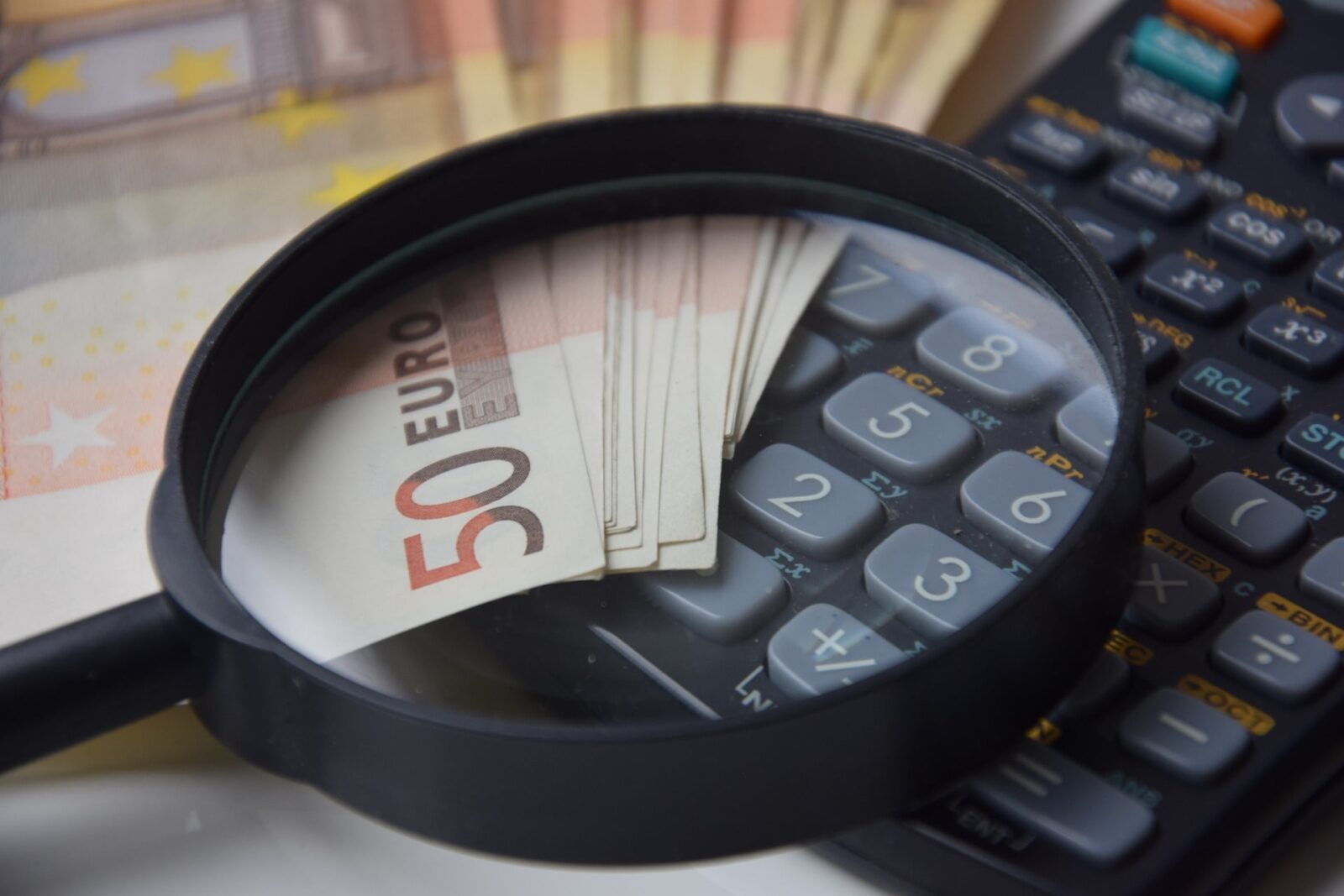
Physical cash may be placed at an ATM, in a bank deposit box, via a professional courier service, or over the counter. Those techniques may also be used to deposit checks. Mobile banking has grown even more easy in recent years, and checks may now be deposited remotely through banking applications.
(Take a moment to acknowledge the cheers from the couch potatoes and introverts.)
To validate the check, you’d need to sign it, take clear photos of the front and back, then submit them to your banking app. This ought to enough. Like any other check deposit, you’ll have to wait for the bank to complete the deposit.
For the purpose of completeness, it’s worth noting that many banks across the globe still don’t provide this service. You may not be able to obtain this choice if you bank with a hole in the wall institution that’s scarcely better than a piggy bank.
Also, the quantity and value of remote deposits you may make through mobile app are typically limited. This is only for the purpose of fraud detection and prevention.
What is Bank of America Counter Credit, and how does it work?
Any other financial institution that uses the term “counter credit” has the same meaning as a Bank of America counter credit. It’s an over-the-counter deposit.
Remember that someone else may conduct a counter credit to your account. Don’t be concerned if monies appear as a counter credit on your statement even though you didn’t make the deposit.
Other Frequently Used Bank Abbreviations
We all despise reading crucial papers and encountering new words or acronyms. It’s particularly aggravating when it comes to something we’re enthusiastic about or really battling for, such as conserving money or living frugally.
For those of you who aren’t bankers or accountants, here are some common acronyms used by banks that should help you in your quest for financial savvy:
BP – BP – BP – BP – BP
Direct Debit (DD) or Direct Debit Rate (DDR)
Charge made to your account (CHG).
TFR stands for Transfer of Funds Between Accounts.
Standing Order (SO)
OTR stands for Online Transaction Request.
NSF stands for “Not Sufficient Funds.”
APR stands for Annual Percentage Rate, which is used to calculate service costs such as your credit card debt. Basically, the annual interest rate.
APY stands for Annual Percentage Yield, which is the amount of money you received from your account’s interest.
Counter-Credit-Related Articles
29 Easy Ways to Get Free PayPal Cash Right Now (No Surveys)
Make Money from Surveys with the Survey Junkie Hack (21 Tried & True Tips)
37 Legitimate High-Paying Online Jobs for Teens
Final Thoughts on the Concept of Counter-Credit

You now understand what the phrase “counter credit” implies, as well as the benefits and drawbacks of this method of depositing funds. You may now determine whether it is appropriate for you.
There are times when you may have no option but to wait in line for a counter deposit. These should be very uncommon situations. After all, how frequently do you get your hands on crumpled banknotes or a bag of coins these days?
Let’s give the school bake sale presidents and church collecting administrators among us the benefit of the doubt. You don’t have much of a choice.
If you prefer and trust the tried-and-true technique of counter deposits, or if you simply don’t have a choice, I wish you the best of luck with your future transactions. May your stomach never rumble and your lines be brief!
Remember to follow us on Pinterest, Instagram, and Facebook for more money talk, frugal living advice, and side business ideas!
Did you like this article? It’s worth pinning!
What is Counter Credit, and how does it work?
Counter credit is a financial instrument that is similar to the payment of a current account (fixed deposit) in that it is backed by another asset. Counter credit is backed by another asset, like gold bullion, where the value of the underlying asset is preserved by the counter credit. However, unlike fixed deposits, counter credits are not guaranteed by the central bank or other lender.. Read more about what is counter credit barclays and let us know what you think.
Frequently Asked Questions
What does counter credit mean?
Counter credit is a term used in the game of Beat Saber. It is the number of beats that you have to complete before your opponent does.
What is transaction type counter credit?
Transaction type counter credit is a currency that can be used to purchase items in the game.
What does counter credit BGC mean?
Beat Sabers counter credit BGC means beat the game.
Related Tags
- what is a counter credit at bank of america
- counter credit en español
- what is the difference between a counter credit and a deposit
- counter credit deposit
- how long does counter credit take to clear
